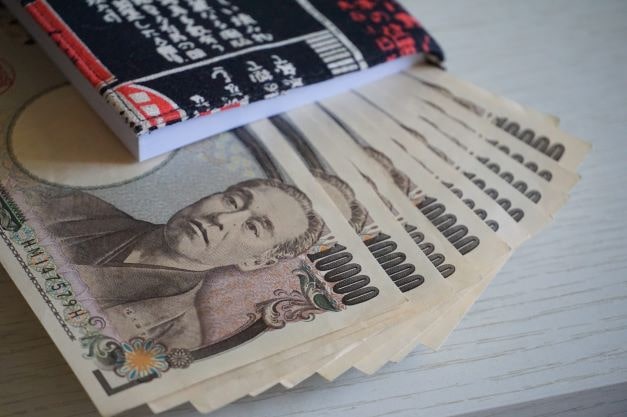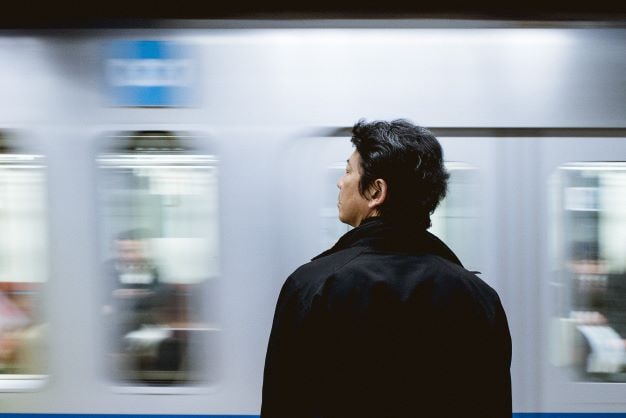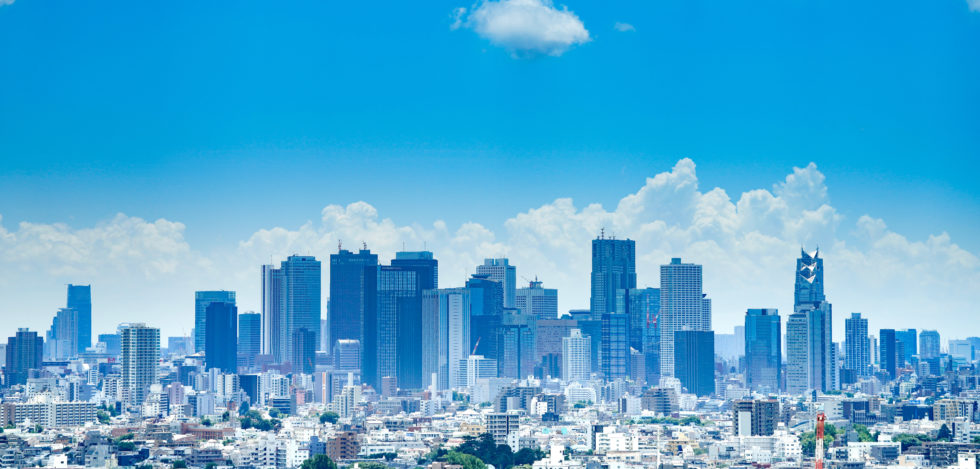The Tokyo lost and found process is a wonder to behold. While we haven’t experienced it first-hand, we have admired from afar. But, what is it that makes it so good?
Why Tokyo’s lost property system works
Back in 2019, a tweet from a Tokyo mother briefly did the rounds online. The author, named Keiko, told the story of her son finding a seemingly insignificant 100 yen coin (worth around 40p). If this had been a younger version of most people, it would have gone on sweets. However, this nameless boy with a heart of gold chose to hand it in to one of the many small police stations in Japan called Koban.
You might imagine that officers didn’t take this particularly seriously — no doubt they had bigger fish to fry. But, instead of reprimanding our young hero, they took the coin, thanked him, and filled out a lost property report. Whether or not a frantic man came searching for his 100 yen coin wasn’t apparent. What was clear, however, is that Tokyo has fostered a society where losing possessions isn’t a forgone conclusion.
Tokyo’s residents deserve plaudits for this, and, as a company that battles against the scourge of lost property, we salute them. However, it’s not the only factor. The integrity of the Tokyoites (or Edokko, as they are known) is complemented with a lost and found process that’s slick, efficient, and frankly typical of Japan’s glistening capital city.

So, how does Tokyo lost and found work?
Tokyo’s lost property found on the street
For Tokyo’s above-ground lost property, the Koban (translated as ‘police box’) is where items are handed in. An omnipresent feature of the city’s architecture, the Koban are equal parts community hub and satellite office for the police. With 97 per 100 km, they are impossible to miss and ideal for residents to drop off misplaced possessions.
Tokyo’s lost property found on the metro
On the Tokyo metro, lost items are afforded a similar level of care. Once recovered, either by a well-meaning citizen or member of staff, they are transferred to Tokyo Metro’s Lost & Found Centre in Iidabashi Station. Much like they would in a Koban, a lost phone or bank card is logged by one of the 50 staff members on hand. It’s then held for a few days awaiting its owner, and if no one appears, it’s sent to the lost and found centre.
A lost property report is filled out
When the item is handed in, great care is taken filling out a lost property report. These are meticulous and thorough, and when they are complete, they are affixed to the item as tags, along with a bar code. The lost item is held for a few days, awaiting its owner.
The final resting place – Tokyo’s lost and found centre
If a lost item isn’t claimed, it’s shipped off to Tokyo’s six-story lost and found centre. As you might imagine from a city of Tokyo’s size, the space is enormous, holding up to 900,000 items at any one time. There, it is meticulously logged, with any identifying characteristics noted.
A digital profile is then uploaded to Tokyo’s Lost & Found website, and those trying to reunite themselves can fill in a report via the online inquiry service. If a match is found, then they are contacted by the police and invited to claim their property, as long as they have valid identification.
Should no one put in a request after three months, the found item reverts to the finder. If they aren’t interested, it is either auctioned or destroyed.

Tokyo lost and found: The stats
Each year, over four million possessions are handed in to Tokyo’s police. That’s a lot and naturally everything doesn’t find its way home Looking at the return rate of Tokyo’s lost and found items, you might wonder what the big deal is. Data from 2024 shows us that only around 14% of the possessions handed in were returned to their owners. Doesn’t sound impressive does it? And, surely it doesn’t warrant the fanfare that the Tokyo lost and found department receives (from us at least). Actually, it does; we just need to dig a little deeper.
Unsurprisingly, the modest figure is hampered by low returns of inexpensive, easy-to-replace items. Umbrellas, for example, one of lost properties’ most consistent culprits, find their way home only 1.7% of the time, although this has doubled since 2018. Maybe Tokyo lost and found HQ appointed a lost umbrella tsar.
The Important Things Find Their Way Home
Anyway, when the possessions are important or valuable, we see far higher repatriation rates. Lost phones fare best, with a return rate of 83%. This is followed by identification documents at 72% and wallets at 68%. See below for a league table of Tokoy’s top five most repatriated items, which, as you can see, are all crucial possessions.
| Handed in | Returned to owner | Repatriation rate | |
| Mobile Phones | 147,049 | 123,011 | 84% |
| Identification Documents | 830,486 | 595,079 | 72% |
| Wallets | 342,960 | 232,659 | 68% |
| Securities | 454,532 | 141,441 | 31% |
| Bags | 211,634 | 57,430 | 27% |
Ok, we have no idea what securities mean. Sounds important, though.
Even more impressive than the items being repatriated is the amount of cash that is handed in. According to Yukiko Igrashi, Head of Tokyo’s Lost & Found, large sums of one million yen (around £6,500) being passed over to authorities are not uncommon. This has doubtlessly helped preserve thousands of marriages, as the words ‘honey I lost our life savings‘ do little to strengthen marital bonds. In 2024 alone, 4.4 billion yen was handed in to Tokyo Police, with 72.3% returned.

Cultural norms
In an interview with the BBC, Professor Masahiro Tamura discusses a culture where others’ opinion of you is deeply revered. Called ‘Hitono-me’ or ‘the societal eye’, the concept acts as an omnipresent safeguard against anti-social behaviour. As concerns about perception run so deep, people act virtuously. Naturally, Tokyo’s lost and found benefits from this.
The prospect of trying to pocket a wallet stuffed with cash clearly poses more of a dilemma in Japan than in many Western countries, which operate on a ‘mind your own business’ basis. The notion of collective responsibility is ingrained from a very young age, with young children strongly encouraged to hand in lost property at the nearest police station.
While swathes of six-year-olds handing over mountains of seemingly insignificant possessions might not be viewed as the best use of officers’ time, the police don’t mind. In fact, the Tokyo Metropolitan Police Department views it as a part of the role, rather than an inconvenience. This is likely in part due to Tokyo’s relatively low crime rate, allowing police more time to fill in reports and handle enquiries.
How can your organisation manage lost property like Tokyo?
While we can’t rely on the virtuous Edokko as much as we would like, here at NotLost, we offer a lost property process that’s not a million miles away from Tokyo’s. So, if your business is struggling with logging, storing, and repatriating misplaced possessions, we can help.
Our market-leading software automates every step of the journey, delighting your customers with speedy returns and saving your staff hours that would otherwise be wasted on poor processes.
Interested? Get in touch for a demo to see how we can help.
FAQ’s
How does Tokyo’s lost and found system work?
Items are usually handed in at local police boxes (Koban) or metro lost property offices. They are carefully logged, tagged, and uploaded to a central lost and found database.
What is the return rate of lost property in Tokyo?
Overall, around 14% of items are returned. However, valuable possessions like phones (83%), ID documents (72%), and wallets (68%) are much more likely to be reunited with their owners.
Why is Tokyo’s lost property system so successful?
It’s a combination of cultural integrity (people are strongly encouraged to hand in items) and efficient processes that make it easy to log, track, and reclaim possessions.
What can businesses learn from Tokyo’s approach to lost and found?
Businesses can take inspiration from Tokyo’s system by prioritising efficient processes, digital logging, and customer-friendly returns. With the right software, it’s possible to replicate Tokyo’s high standards anywhere.
How many lost items are handed in each year in Tokyo?
Around 4.4 million items are lost every year in Tokyo, from wallets and phones to umbrellas. In 2024 alone, over 4 billion yen in cash was handed in to Tokyo Police, with more than 70% successfully returned.
